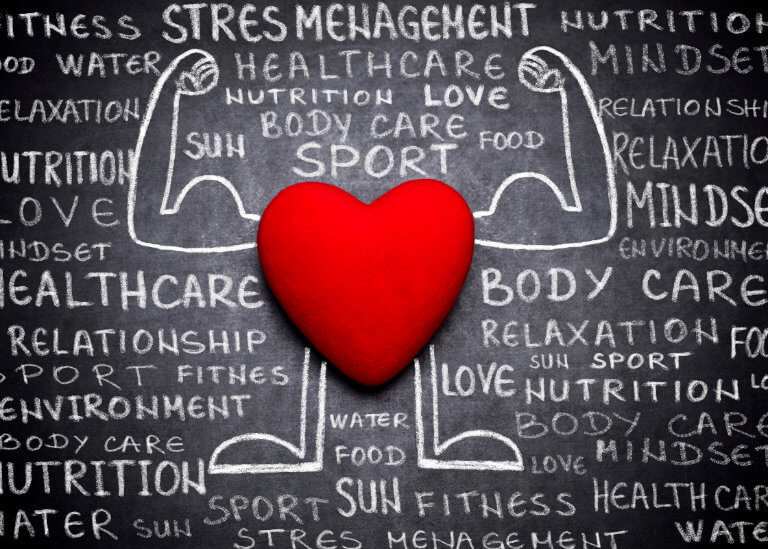The Role of Mindfulness in Achieving Long-Term Health Goals

Setting goals for better health isn’t the hard part. Sticking to them, however, can be a challenge. Mindfulness is gaining traction as a powerful tool to help individuals sustain their health commitments and achieve lasting results. With mindful practices, you can foster a deeper awareness of your habits and motivations, making it easier to stay on track.
This blog explores how mindfulness can be the bridge between setting health goals and truly living a healthier, sustainable lifestyle.
What Exactly Is Mindfulness?
Mindfulness is the practice of being fully present and engaged in the current moment without judgment. It encourages us to observe our thoughts, emotions, and sensations in a calm, curious way. This state of awareness is cultivated through simple techniques such as meditation, breathing exercises, and intentional focus on daily activities.
But how does being mindful translate to better health outcomes? The answer lies in its ability to shift how we perceive challenges, behaviors, and setbacks.
Why Mindfulness Matters for Long-Term Health
Achieving long-term health goals requires more than just willpower or discipline. It involves sustained effort, emotional resilience, and the ability to stay adaptable when life happens. Mindfulness targets each of these areas.
Helps Build Emotional Resilience
Mindfulness reduces stress and helps us process emotions more effectively. Stress is often the culprit behind poor health decisions, like binge eating or skipping workouts. By practicing mindfulness, you can reduce the influence of stress on your choices, keeping your focus on long-term progress rather than short-term impulse reactions.
For example, studies have shown that mindfulness practices like meditation can lower cortisol, the stress hormone. They also promote a calmer mindset, which helps when navigating frustrations or setbacks that typically derail health plans.
Encourages Intentional Choices
A lot of unhealthy habits are unconscious reactions, such as stress-triggered snacking or mindless TV-watching after work. Mindfulness strengthens your awareness of these automatic behaviors and empowers you to replace them with healthier alternatives.
Say goodbye to mindlessly eating chips while watching TV. Instead, mindfulness allows you to pause, notice the craving, and opt for a rewarding activity, like preparing a nutritious meal or going for a walk.
Creates Harmony Between Mind and Body
Mindfulness sharpens the connection between your mind and body, allowing you to better interpret your body’s needs. Are you truly hungry, or just bored? Are you tired, or is it the stress that’s draining your energy? These insights help fine-tune how you approach nutrition, exercise, and rest.
For example, this connection can be especially helpful for individuals managing conditions like autoimmune diseases. It allows people to be more in tune with how their body reacts to treatments or lifestyle changes, such as autoimmune disease treatment in Las Vegas, empowering them to adjust their approach as needed for better results.
Mindfulness Techniques to Achieve Health Goals
If the concept of mindfulness feels abstract, don’t worry. There are simple and practical ways to integrate mindfulness into your daily life and use it to achieve your long-term health goals.
1. Mindful Eating
Mindful eating involves paying full attention to the sensory experience of eating—how your food looks, smells, tastes, and feels. It also means recognizing cues for hunger and fullness. This is especially useful if your health goal includes weight management or better nutrition.
Next time you sit down for a meal, take a moment to observe your plate. Chew slowly, savor each bite, and notice when you feel satisfied. You might find yourself eating less but enjoying your food more.
2. Body Scan Meditations
A body scan meditation involves focusing your attention on different parts of your body, noticing sensations or tension without judgment. This practice strengthens your mind-body connection and helps you listen to your body’s needs.
For instance, if you’re overexerting yourself during workouts, a body scan can make you aware of tension or discomfort so you can adapt your routine.
3. Breath Awareness
A simple mindfulness practice, breath awareness, involves focusing on your breathing pattern. It’s a quick way to ground yourself when you feel stress creeping in or need to realign with your health goals. Daily breathing exercises can also improve sleep, a critical factor in achieving long-term health outcomes.
4. Gratitude Journaling
Reflecting on what you’re grateful for can shift your perspective and reduce negative emotions like frustration or guilt. Keeping a gratitude journal encourages you to focus on progress and positivity, which motivates long-term commitment to your health goals.
Incorporating Mindfulness into Your Routine
Starting a mindfulness practice doesn’t require a major overhaul. Here are three easy steps to make mindfulness part of your daily routine:
- Start Small – Begin with 2-5 minutes of mindfulness practice per day. Use a timer or an app to stay consistent.
- Anchor It to Routine Activities – Practice breathing exercises during your morning coffee or try mindful eating during lunch.
- Be Patient – Building mindfulness is a skill, and like any habit, it requires time and repetition to become second nature.
The Bigger Picture
Mindfulness is not a magic pill, but it is a powerful tool that amplifies your ability to successfully achieve and maintain health goals. Whether your aim is to stay active, eat better, reduce stress, or manage a chronic condition, mindfulness equips you with the clarity and self-awareness needed to make lasting changes.
By creating space for thoughtful reflection and intentional behaviors, mindfulness allows you to understand and overcome the challenges that would otherwise derail your progress.
